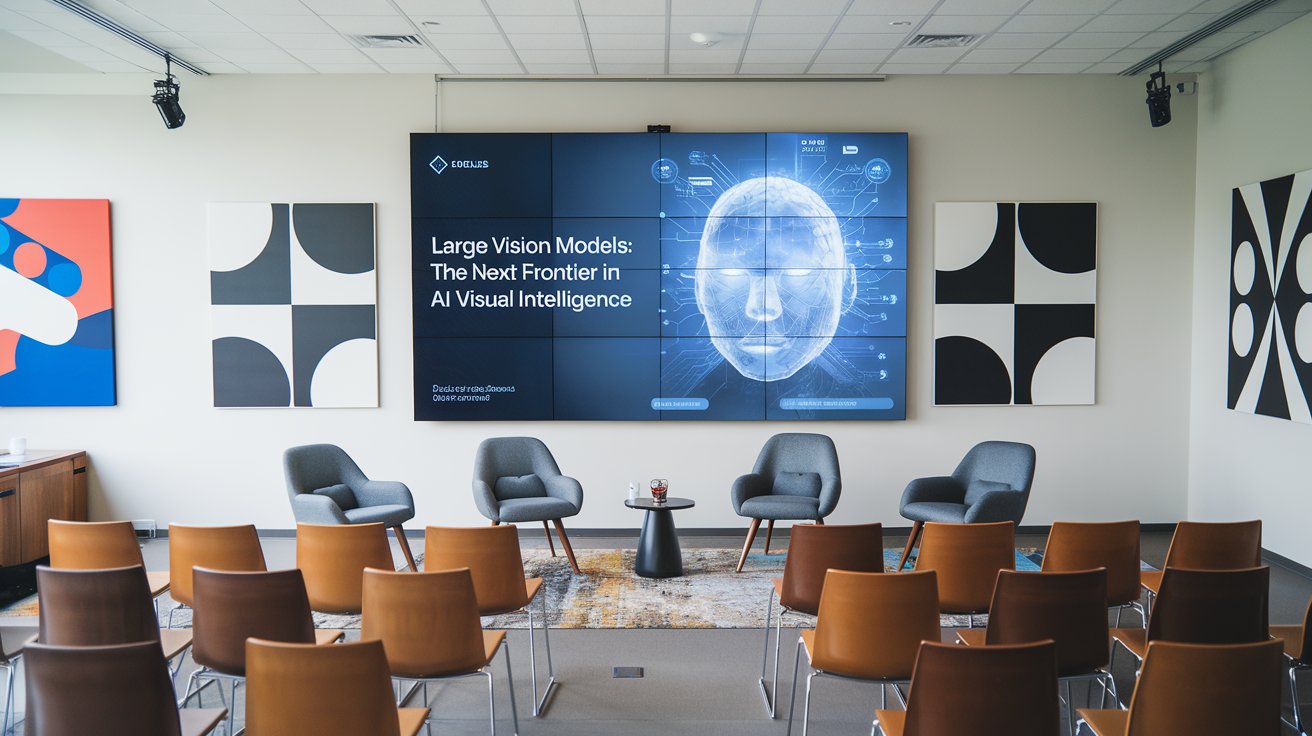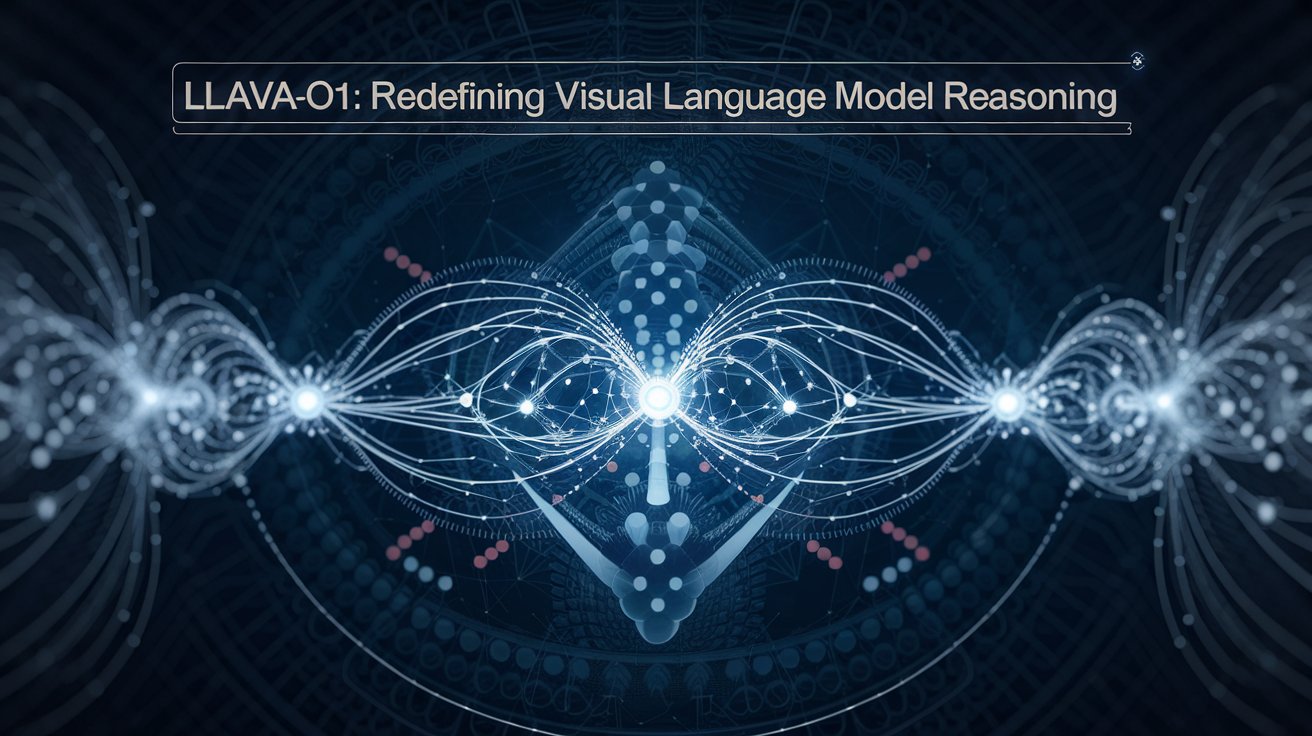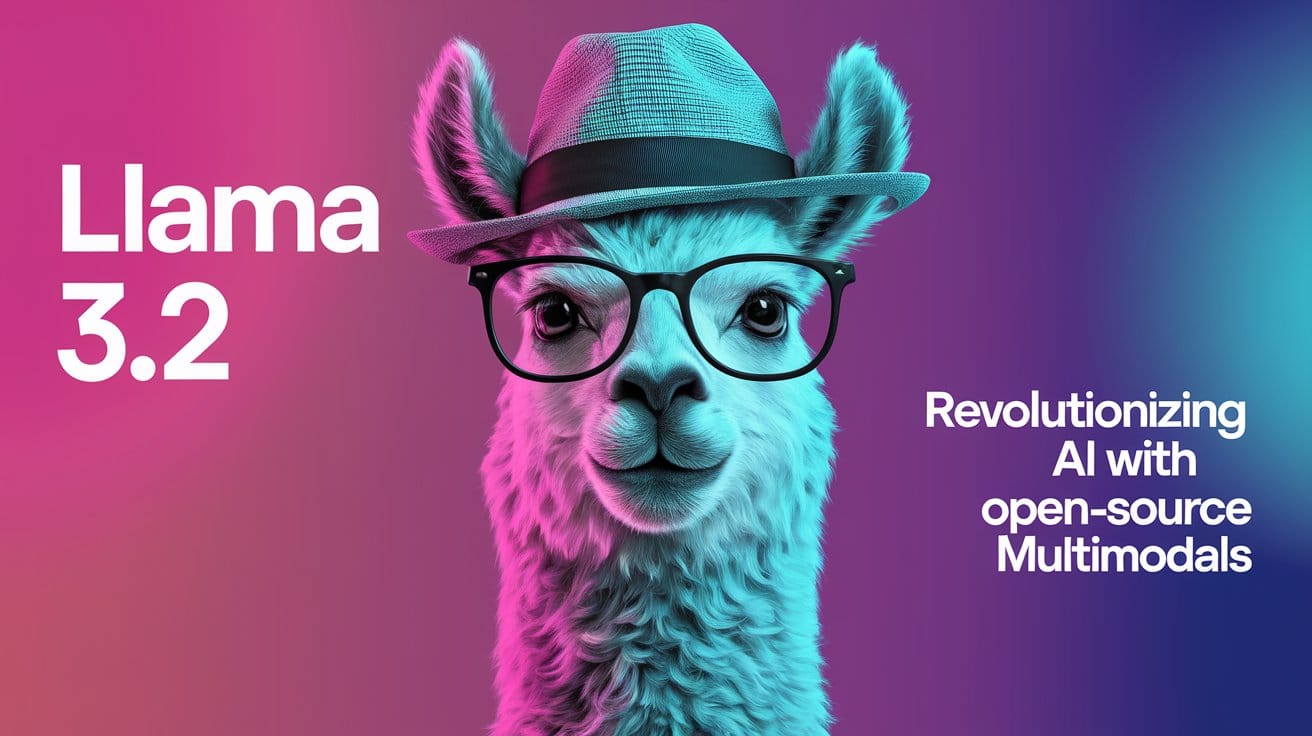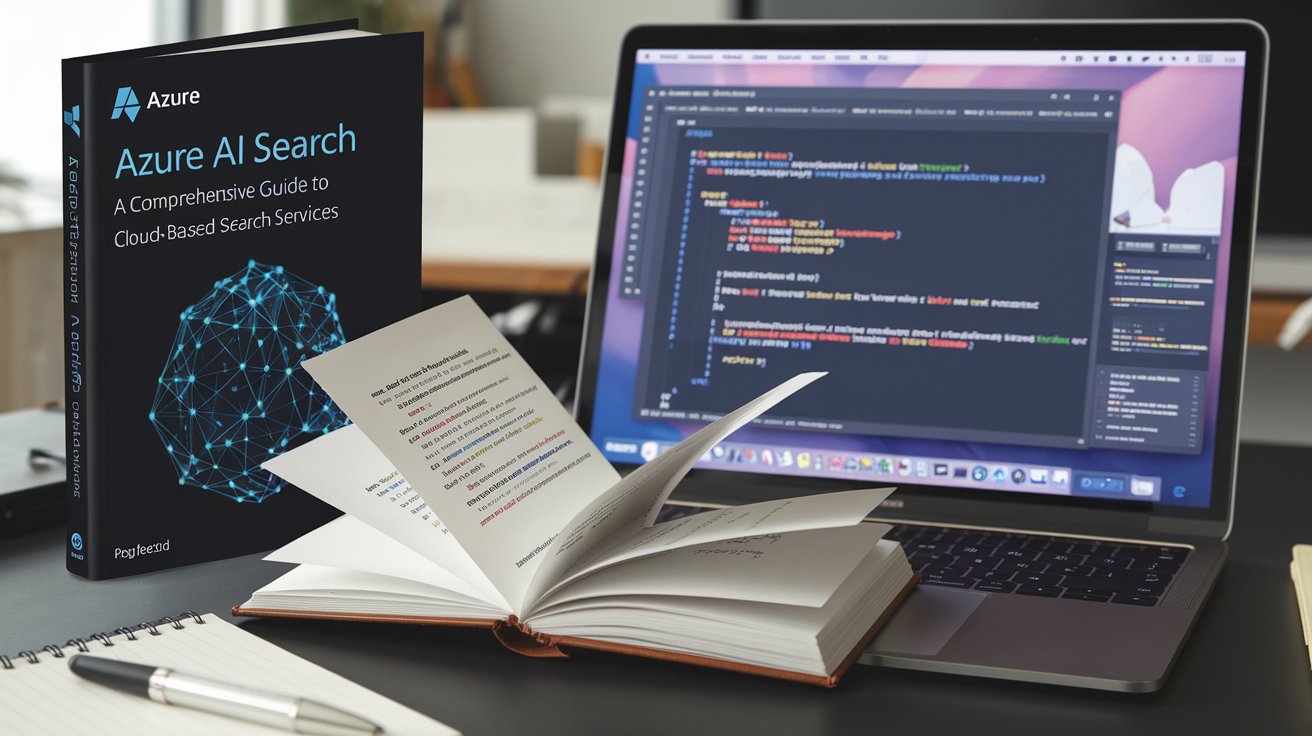OpenAI’s Leadership Exodus: First Founding Member Ilya Sutskever, now CTO Mira Murati’s exit.

In the rapidly evolving landscape of artificial intelligence, OpenAI has long stood as a beacon of innovation and ethical AI development. Founded in 2015 with the ambitious goal of ensuring that artificial general intelligence (AGI) benefits all of humanity, the organization quickly became a frontrunner in the AI race. Its groundbreaking developments, from the GPT series of language models to DALL-E’s image generation capabilities, have not only pushed the boundaries of what’s possible in AI but have also sparked global conversations about the future of technology and its impact on society.
However, recent months have witnessed a seismic shift within the organization. Since late 2023, OpenAI has experienced a series of high-profile departures that have sent shockwaves through the tech industry and beyond. This exodus of key figures – including co-founders, executives, and prominent researchers – has raised pressing questions about the company’s future direction, its commitment to its founding principles, and the broader implications for the field of AI development.
The departures come at a critical juncture in the AI landscape. As the technology advances at an unprecedented pace, the ethical considerations and potential risks associated with powerful AI systems have become more apparent than ever. OpenAI, with its dual structure as both a for-profit company and a nonprofit organization, has always walked a tightrope between pushing the boundaries of AI capabilities and ensuring responsible development. The recent leadership changes have thrown this delicate balance into sharp relief, prompting industry-wide discussions about the challenges of maintaining ethical standards in the face of rapid technological progress and market pressures.
This article delves deep into the recent leadership changes at OpenAI, examining the reasons behind key departures, the concerns raised by leaving members, and the potential implications for the company and the wider AI field. We’ll explore the delicate interplay between innovation and responsibility, the challenges of governance in rapidly evolving tech companies, and the critical importance of aligning corporate goals with ethical considerations in AI development.
A Wave of High-Profile Departures
OpenAI has experienced a series of high-profile departures since late 2023, shaking the foundation of one of the world’s leading AI research organizations. This exodus began with the temporary ousting of CEO Sam Altman in November 2023 and has continued through September 2024, including co-founders, executives, and prominent researchers. Each departure tells a story of internal challenges and evolving priorities within the company.
- Greg Brockman (Co-founder and President)
Greg Brockman’s departure was closely tied to the board’s decision to remove Sam Altman as CEO in November 2023. Brockman’s resignation came as a shock to many in the tech industry, reflecting a deep disagreement with the board’s direction and decision-making process. His exit highlighted potential governance issues within OpenAI and raised questions about the company’s leadership stability.
In his resignation statement, Brockman expressed pride in what the team had built together but felt compelled to leave based on the day’s events. His departure, coming so soon after Altman’s ousting, suggested a significant rift between the founding members and the board, hinting at underlying tensions in OpenAI’s vision and governance structure.
- Ilya Sutskever (Co-founder and Chief Scientist)
Ilya Sutskever’s exit in May 2024 came after a complex series of events that began with the boardroom dispute in November 2023. Initially part of the board that voted to remove Altman, Sutskever later reversed his position, expressing regret for his “participation in the board’s actions.” This change of heart, followed by his eventual departure, raised concerns about OpenAI’s commitment to its foundational goals and the stability of its leadership.
Sutskever’s departure was particularly significant given his role as a co-founder and chief scientist. His exit followed disagreements over AI safety priorities and the dissolution of the Superalignment team, which he co-led. This suggested a shift in OpenAI’s approach to ensuring the safety and beneficial nature of superintelligent AI systems.
- William Saunders (Superalignment Team Member)
William Saunders’ resignation was particularly notable due to his explicit concerns about OpenAI prioritizing profit over safety in AI development. Saunders, who had been part of the Superalignment team for three years, likened OpenAI to “the Titanic of AI,” expressing worry that the company was moving too quickly into uncharted territory without adequately addressing critical safety issues.
His departure underscored growing tensions between rapid advancement and responsible AI practices. Saunders warned against complacency, highlighting the potential for AI to cause harm through capabilities like large-scale cyberattacks or manipulation of public opinion. His exit raised alarm bells about OpenAI’s commitment to thorough safety considerations in its pursuit of Artificial General Intelligence (AGI).
- John Schulman (Co-founder)
John Schulman’s move to rival company Anthropic signaled a desire to focus more deeply on AI alignment issues. His departure was significant not only because he was one of the original founders but also because it highlighted a potential brain drain from OpenAI to competitors in the AI space.
Schulman articulated that his decision was driven by a desire to concentrate more on AI alignment and return to hands-on technical work. While he clarified that OpenAI’s leaders were committed to investing in alignment research, his choice to leave suggested that he felt limited in pursuing these goals within the company. This raised questions about OpenAI’s ability to retain top talent committed to its original mission of ensuring safe and beneficial AGI.
- Mira Murati (CTO), Bob McGrew (CRO), and Barret Zoph (VP of Research)
The simultaneous departure of these key technical leaders in September 2024 sent shockwaves through the AI community. Mira Murati, who had been with OpenAI for over six years and briefly served as interim CEO during the Altman controversy, cited a desire for personal exploration as her reason for leaving. However, the timing of her exit, along with those of McGrew and Zoph, raised significant questions about the stability of OpenAI’s research and development efforts.
These departures came amid a period of leadership turbulence and organizational changes within OpenAI. The loss of such high-level technical expertise in quick succession prompted concerns about the company’s ability to maintain its innovative edge and navigate the complex challenges of AI development.
Concerns and Implications
The exodus of these key figures points to several underlying issues that OpenAI must address:
- AI Safety and Ethics: Multiple departures, particularly those of Sutskever and Saunders, highlight ongoing debates about how to balance rapid AI advancement with necessary safety precautions. The dissolution of the Superalignment team and the concerns raised by departing members suggest a potential shift in OpenAI’s approach to ensuring the development of safe and beneficial AGI. These exits have sparked discussions in the wider AI community about the ethical implications of pursuing AGI without adequate safety measures. The tension between pushing technological boundaries and maintaining robust safety protocols appears to be a central issue in OpenAI’s internal dynamics.
- Governance and Decision-Making The circumstances surrounding Altman’s temporary removal and subsequent reinstatement suggest internal conflicts about the company’s governance structure. The rapid sequence of events, including board decisions and reversals, points to potential instability in OpenAI’s leadership and decision-making processes. This governance crisis has raised questions about the effectiveness of OpenAI’s board structure and its ability to navigate complex ethical and strategic decisions in the fast-moving field of AI development.
- Research Direction: The departure of top researchers may indicate disagreements about OpenAI’s research priorities and methodologies. With key figures like Schulman and Sutskever leaving to pursue their visions of AI alignment and safety elsewhere, there are concerns about potential shifts in OpenAI’s research focus and approach. These exits could signal a divergence between the company’s original mission and its current trajectory, potentially impacting the nature and direction of its future AI developments.
- Company Culture and Talent Retention: The wave of exits raises questions about OpenAI’s ability to retain top talent and maintain a cohesive company culture during periods of rapid growth and change. The loss of founding members and long-term employees suggests potential issues with internal satisfaction and alignment with the company’s evolving goals.
As OpenAI continues to grow and face increased scrutiny and competition, its ability to attract and retain leading AI researchers and engineers will be crucial to its continued success and innovation.
New Leadership and Future Prospects
In response to these departures, OpenAI has appointed new leaders to key positions:
- Jakub Pachocki as Chief Scientist Pachocki, who has been with OpenAI since 2017, brings a wealth of experience in transformative research initiatives, including the development of GPT-4. His appointment signals a commitment to advancing OpenAI’s mission of ensuring that AGI benefits all of humanity.
- Brad Lightcap as Chief Operating Officer Lightcap’s expanded role includes oversight of applied AI teams and sharpening business strategies while continuing to manage the OpenAI Startup Fund. This appointment suggests a focus on operational efficiency and strategic growth.
- Chris Clark as Head of Nonprofit and Strategic Initiatives Clark’s role in leading OpenAI’s nonprofit parent organization and key strategic projects emphasizes the company’s commitment to its mission-driven goals, potentially addressing concerns about the balance between profit and ethics.
These appointments reflect OpenAI’s effort to stabilize its leadership and refocus on its core mission. The new team faces the challenge of maintaining OpenAI’s position at the forefront of AI research while addressing the concerns that led to the previous departures.
Looking ahead, OpenAI’s future plans include:
- Continued focus on developing safe and beneficial Artificial General Intelligence (AGI) OpenAI remains committed to its original goal of creating AGI that benefits humanity. The new leadership team is tasked with ensuring that this pursuit remains central to the company’s efforts, balancing rapid advancement with necessary safety precautions.
- Emphasis on gradual, responsible deployment of AI technologies In response to concerns raised by departing members, OpenAI is likely to place greater emphasis on the responsible deployment of AI systems. This may involve more rigorous testing and safety protocols before releasing new technologies.
- Strengthening collaborations and partnerships in the AI industry OpenAI continues to value strategic partnerships, such as its collaboration with Microsoft. These relationships are crucial for resource sharing and accelerating AI advancements while potentially providing additional oversight and diverse perspectives on AI development.
- Implementing tighter feedback loops for AI system improvement To address safety concerns and ensure the ethical development of AI, OpenAI plans to implement more robust feedback mechanisms. This approach aims to facilitate rapid learning and careful iteration in their AI systems, potentially mitigating risks associated with advanced AI technologies.
- Expanding revenue streams while maintaining a commitment to global accessibility OpenAI faces the challenge of balancing its need for financial sustainability with its mission to ensure broad access to AI technologies. The company aims to diversify its income sources through licensing agreements, subscriptions, and strategic investments while working towards democratized access to AI.
Conclusion
The recent leadership changes at OpenAI represent a critical juncture in the company’s history and the broader field of AI development. While the departures of key figures are concerning and highlight significant internal challenges, they also present an opportunity for OpenAI to reassess its priorities and strengthen its commitment to responsible AI development.
As we move forward, the broader implications of OpenAI’s journey extend beyond the company itself. The challenges it faces mirror the larger ethical and practical dilemmas confronting the entire field of AI research and development. Understanding these underlying technologies is crucial. For deeper insights, you might find our previous articles helpful:
- Exploring Transformer Architecture: A Comprehensive Guide delves into the foundational models that power many AI systems today.
- Understanding GraphRAG: The Future of Retrieval-Augmented Generation in AI explores advanced methods for improving AI’s information retrieval capabilities.
How OpenAI resolves these issues may well shape the future trajectory of AI technology and its impact on society at large. Staying informed about these developments is essential for anyone interested in the future of technology.





